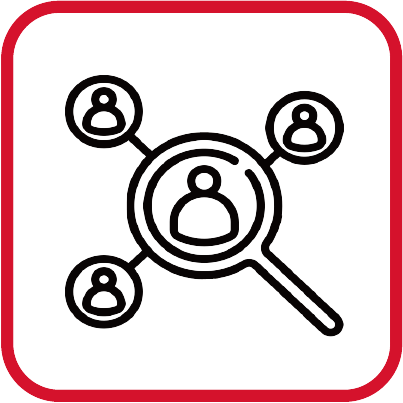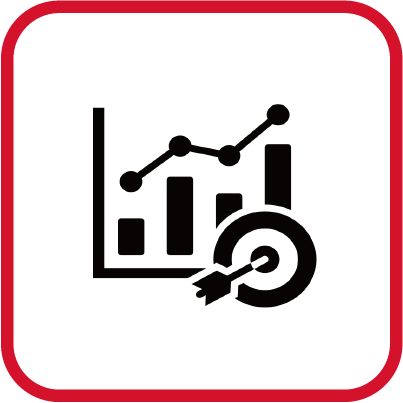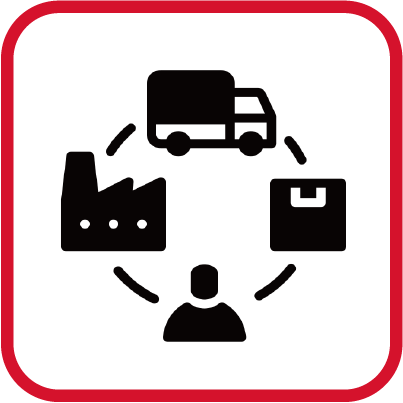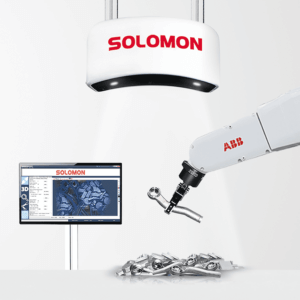Introduction to Augmented Intelligence

Augmented intelligence (IA) is the fusion of artificial intelligence (AI) and human intelligence to enhance human capabilities rather than replace them. Unlike AI, which aims to automate tasks, IA empowers individuals to overcome challenges and make better decisions. By leveraging AI’s ability to analyze large amounts of data, IA reduces bias and errors, providing humans with actionable insights. In this blog post, we will delve into the concept of augmented intelligence, its differences from artificial intelligence, examples of its applications, and the advantages IA offers to businesses.
What is Augmented Intelligence?
Augmented intelligence, also known as intelligence amplification or cognitive augmentation, represents the collaboration between humans and AI. It combines human intelligence with AI’s analytical power to support decision-making processes. Unlike AI, which seeks to replace human actions, IA works alongside humans, providing tools and information to enhance human intelligence and decision-making capabilities.
Augmented Intelligence vs. Artificial Intelligence: Understanding the Difference
The key distinction between IA and AI lies in their objectives. AI focuses on automating tasks and performing them without human intervention, while IA aims to enhance human intelligence by empowering users with valuable insights and decision-making support. While AI replaces human actions, IA complements and works collaboratively with humans.
Examples of Augmented Intelligence in Practice

Customer Service
Chatbots and virtual assistants handle simple queries, offering quick support to customers, while human agents tackle more complex issues.

Human Resources
IA tools assist HR professionals with tasks such as resume screening, interview scheduling, and employee engagement, improving efficiency and decision-making.

Sales and Marketing
Algorithms analyze customer data to provide valuable insights about sales and marketing metrics, optimizing campaigns for better outcomes.

Financial Services
IA aids in fraud detection, risk management, and investment decisions, leveraging data analysis and predictive modeling to minimize risks.

Healthcare
IA tools assist healthcare professionals in making diagnoses, predicting potential health issues, and creating personalized treatment plans.

Logistics/Supply Chain Management
Augmented intelligence optimizes supply chain processes through real-time tracking and predictive analytics, ensuring efficient operations.

Manufacturing
IA improves production efficiency, product quality, and reduces errors by utilizing smart devices and real-time analytics.
Overcoming Challenges with Augmented Intelligence
IA addresses various industry challenges, including:
Hiring and Training
IA simplifies the onboarding process, providing personalized training and facilitating knowledge retention, even with labor shortages and competition for talent.
Human Error
IA systems with robust verification mechanisms reduce mistakes resulting from human error, enhancing accuracy and operational efficiency.
Optimization
IA enables precise monitoring of worker performance, allowing for process optimization and improved productivity.
Troubleshooting
IA’s ability to analyze complex ecosystems helps troubleshoot problems without disrupting operations.
The Advantages of Augmented Intelligence
Organizations that adopt augmented intelligence solutions benefit in several ways:
Improved Efficiency and Productivity
Personalized Training
IA analyzes individual worker strengths and weaknesses, providing tailored training recommendations for enhanced effectiveness.
IA analyzes individual worker strengths and weaknesses, providing tailored training recommendations for enhanced effectiveness.
Decision-making Support
IA offers data-driven insights and recommendations, aiding workers in making informed decisions.
Real-time Collaboration
IA facilitates real-time collaboration between workers, improving communication and expediting decision-making.
Streamlined Processes
IA analyzes procedures, enabling the identification and elimination of inefficiencies.
Optimized Repetitive Tasks
IA automates low-level tasks, freeing up time for workers to focus on high-value or high-priority activities.
Predictive Maintenance
IA analyzes equipment data to predict maintenance requirements, reducing downtime and improving maintenance scheduling.
Increased Accuracy and Reduced Errors
Organizations that adopt augmented intelligence solutions benefit in several ways:
Quality Control
IA monitors product/service quality, minimizing human errors by identifying and correcting issues in real-time.
Risk Assessment
IA analyzes data to identify and assess risks, minimizing the likelihood of human error in decision-making.
Predictive Modeling
IA builds predictive models based on data analysis, providing more accurate predictions and reducing errors and biases.
Data Verification
IA verifies data inputs, ensuring accuracy and reducing the risk of human error.
Additional Benefits of Augmented Intelligence for Organizations
Knowledge Retention
IA simplifies knowledge acquisition and retention, allowing for unified training experiences and preventing loss of know-how. It enables easier access to information, increasing engagement and knowledge retention among employees.
Workforce Upskilling
IA systems provide real-time feedback, insights, and recommendations to workers, fostering continuous skill enhancement and improved performance.
Time and Cost Savings
IA solutions reduce onboarding time, shorten training periods, and enable remote support, eliminating the need for in-person visits and reducing associated costs. Digitizing work processes helps save time and resources by going paperless.
Product/Service Quality Improvement
IA guides operators through processes in real-time, ensuring adherence to procedures with high precision. Defects and errors can be promptly identified and addressed.
Conclusion
Augmented intelligence (IA) represents the collaboration between human intelligence and artificial intelligence to enhance decision-making processes and address complex challenges. Unlike artificial intelligence, which aims to replace human actions, IA works alongside humans, providing them with tools and insights to improve efficiency, accuracy, and productivity. With applications across various industries, IA empowers users and leadership to make informed decisions, streamline processes, and optimize performance. By embracing augmented intelligence, organizations can unlock the full potential of human intelligence and AI, leading to a more productive and successful future in the workplace.


